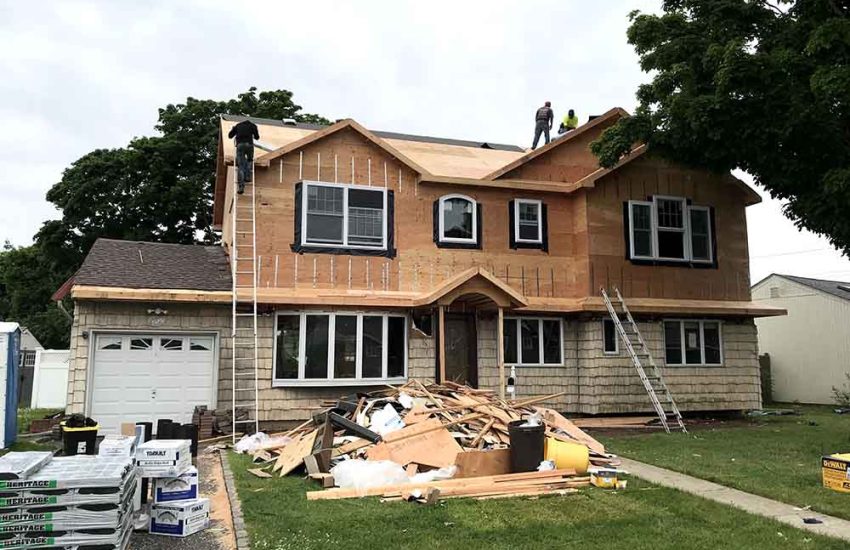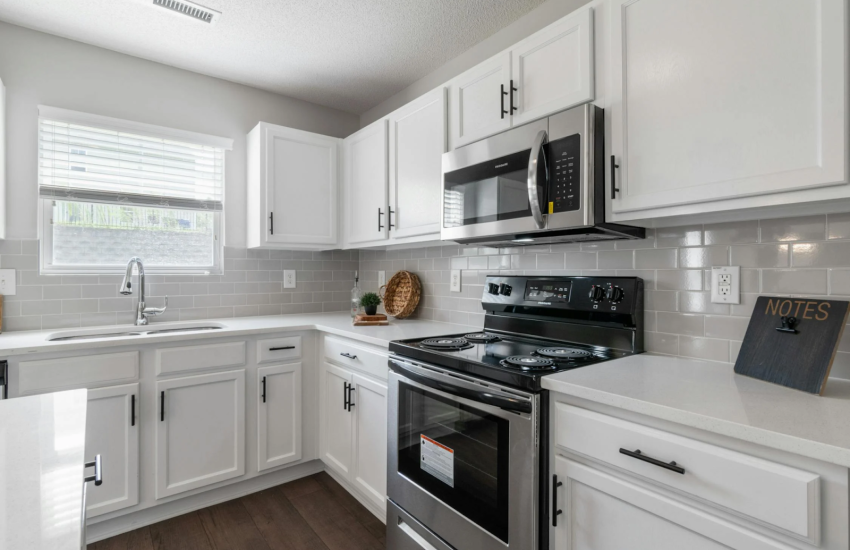The Significance of Moisture Management in Your Dwelling
Our homes serve as peaceful retreats where we find comfort and security, performing our daily routines. These sanctuaries, however, are exposed to external elements, notably moisture from outside. Indoor activities such as cooking, showering, and doing laundry also contribute to increasing humidity levels.
What is the ideal humidity level inside a home? Typically, maintaining indoor humidity between 30% and 60% is recommended, though this can vary based on local climate conditions. Deviating from this range can negatively impact both the building’s interior and exterior.
What types of damage can occur from excess moisture? High moisture levels can lead to the growth of mold and mildew, which thrive in damp and warm environments. If not controlled, this can severely damage walls, floors, and furniture.
The presence of mold and mildew can also pose significant health risks, including respiratory issues, allergies, and other medical complications for residents. Furthermore, high humidity levels are conducive to the presence of pests such as cockroaches and dust mites, which can exacerbate health problems.
What steps can be taken to control or prevent high indoor humidity? It’s essential to identify and rectify any sources of moisture, such as leaks in the roof, faulty plumbing, inadequate ventilation, or poor insulation. Utilizing dehumidifiers to reduce environmental moisture and implementing effective vapor barriers in places like beneath floors, in crawl spaces, or attics are proactive measures for managing moisture.
Managing indoor humidity is crucial for the comfort, health, and structural safety of our homes. For more detailed information on controlling home moisture, see the comprehensive infographic provided below.

Infographic created by ISI Building Products, Offering High-Performance Crawl Space Encapsulation Vapor Barrier to Enhance Appearance and Protection




